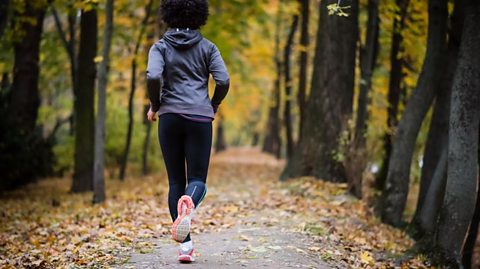Biology
Food Chains
A food chain shows how plants and animals get their energy.

Gas Exchange and Respiration
Respiration is a chemical reaction that happens in all living cells, including plant cells and animal cells. It is the way that energy is released from glucose.
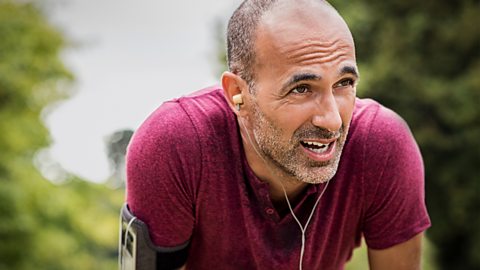
Digestion
Digestion is the breaking down of the food we eat into other substances that our bodies can absorb and use.

Cells and Reproduction
The proper name for a living thing is a living organism. A living organism can be, amongst other things, a plant or an animal.

Reproduction DNA and Genetics
Sexual reproduction involves the joining of two sex cells or gametes ã the sperm (male gamete) and the egg or ovum (female gamete).

Smoking
Cigarette smoke contains over 4,000 chemicals, including approximately 69 known cancer causing chemicals as well as over 400 other poisons.
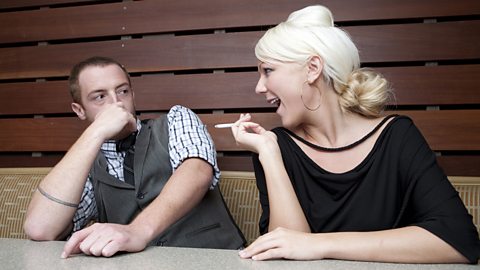
Diet
Energy from food keeps a plant or animal alive and allows it to carry out all its activities. Food is very important socially too.
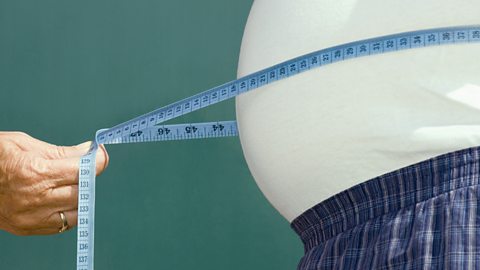
Biodiversity and Ecology
Biodiversity is the variety of all living things on Earth, and how they fit together. It means having as wide a range of different species in an ecosystem as possible.
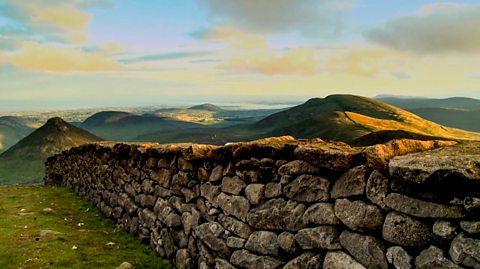
Blood and Circulation
Blood transports materials and heat around the body and helps to protect against disease.
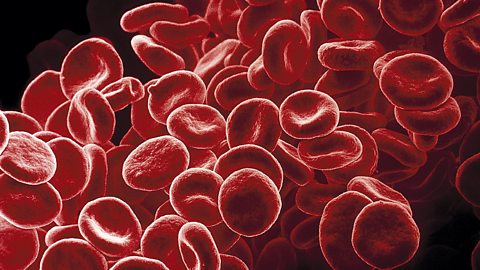
Photosynthesis
Green plants and algae can use light energy to make their own food! This process is called photosynthesis.
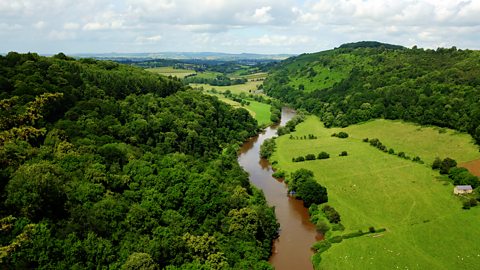
Health and Wellbeing
Most living things need five things to survive but also to be healthy.
